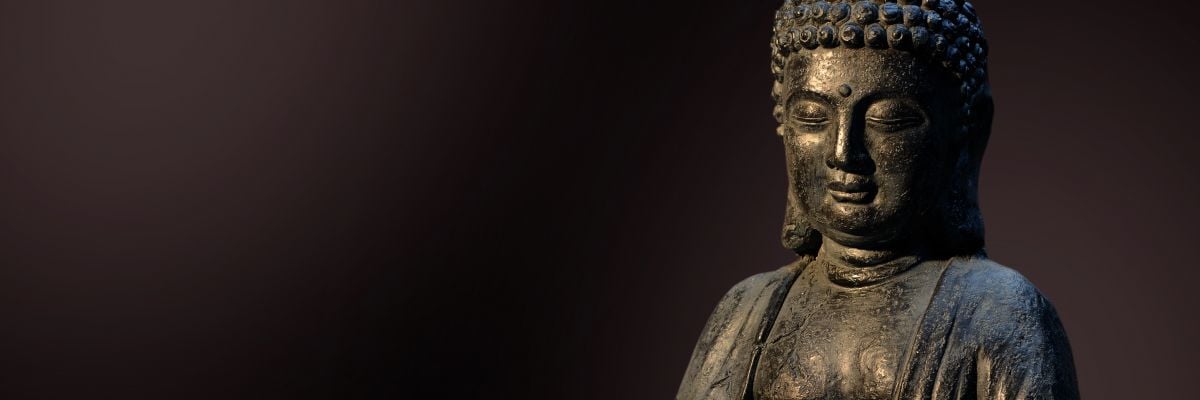
Question:
Answer:
Pope St. John Paul II did not place a statue of Buddha on the altar of a Catholic church in Assisi in 1986, and he did not do so in any of the subsequent interfaith Assisi gatherings. Neither did any other Catholic official. Rather, the placement was done once by Buddhists in 1986, who did not realize the inappropriateness of the gesture, which they did not repeat. Long-time Vatican correspondent Sandro Magister, writing in the English version of L’Epresso, recalled the event in an article he wrote in 2003:
The event in Assisi added fuel to the fire through some of its more excessive gestures. Some of the city’s churches were allotted for the prayers of Buddhists, Hindus, and African animists, as if these buildings were neutral containers, void of any indelible Christian value. The Buddhists set up a shrine of Buddha on the altar of the local Church of Saint Peter. The absence from Assisi of Joseph Cardinal Ratzinger [later Pope Benedict XVI], the prefect for the Vatican Congregation for the Doctrine of the Faith, was not improperly interpreted as the self-distancing of the cardinal who, by his office, is the custodian of sound Catholic doctrine. The pope himself did not escape criticism. . . (“John Paul II and the Other Religions: From Assisi to Dominus Iesus, June 18, 2003).
Magister’s article possesses some critical commentary of the event, but what is most relevant and helpful for this discussion is his setting the record straight that the Buddhists placed the statue on their own, and that it wasn’t done by the Pope or other Church officials, nor with the Pope’s approval or that of other Church officials. Finally, as noted, the placement of the statue has not been repeated in subsequent interfaith gatherings that Popes have initiated at Assisi.



